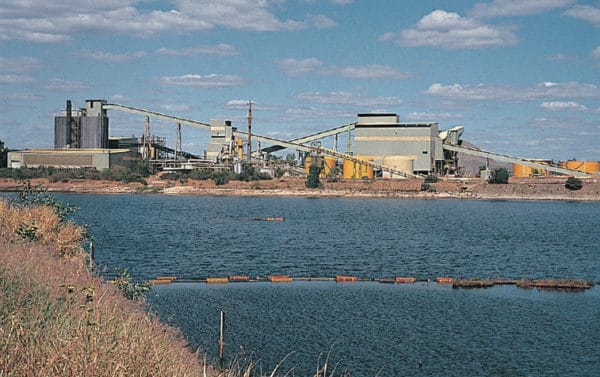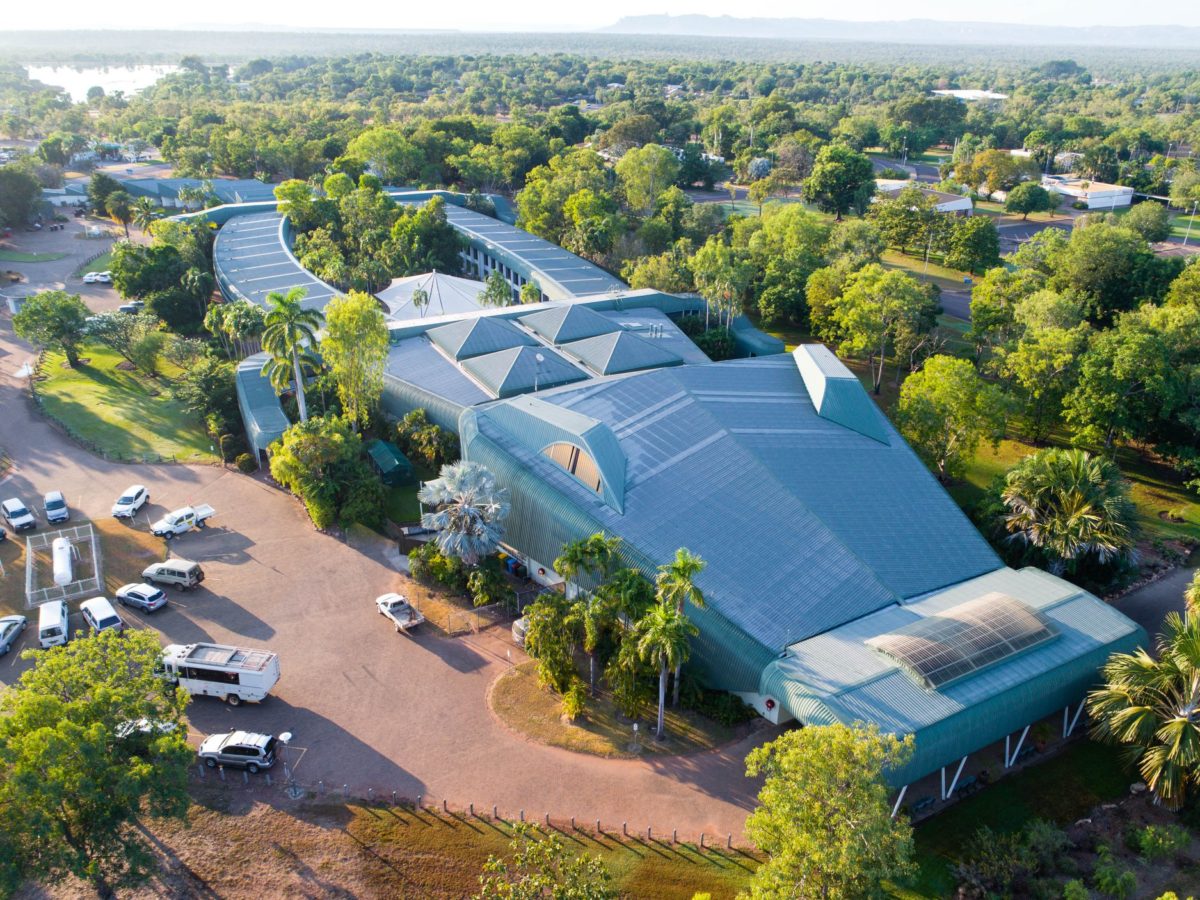Distributed energy producer EDL will build, own and operate hybrid microgrid in the remote Northern Territory (NT) mining town of Jabiru. Working with the NT Government, EDL’s Jabiru Hybrid Renewable Project (the Project) will help the community transition from its recent history as a uranium mining town to a new future as a tourist destination in the heart of the World Heritage-listed Kakadu National Park (Kakadu).
Jabiru is held in native title by the Mirarr people. The town, as it is recognised today, has only existed since 1982, when it was established as a living community for the nearby Ranger Uranium Mine.
The project, which integrates 3.9 MW of solar generation and a 3 MW/5MWh battery with 4.5 MW of diesel generation will be EDL’s 100th site since it began 30 years ago with the development of the Pine Creek Power Station on the other side of Kakadu.

Image: EDL
“Once completed, our hybrid renewable power station will provide Jabiru with at least 50% renewable energy over the long term, without compromising power quality or reliability,” said EDL CEO James Harman. “We are proud to contribute to the Territory’s 50% renewable energy target by 2030 through this sustainable energy solution.”
The Ranger Uranium Mine, owned by Energy Resources Australia, a subsidiary of Rio Tinto, was once one of the most productive uranium mines in the world. However, The mine ceased production on January 8 2021, after years of losses primarily attributed to the market slump following the 2011 Fukushima nuclear disaster.

Image: Wiki Commons / Stephen Codrington
The now-abandoned mine is completely enclosed by Kakadu, making the nearby Jabiru an ideal hub for rejuvenated tourism and services to this treasure trove of both natural and human wonders. Indeed, Kakadu possesses more than 5,000 recorded sites of indigenous art stretching back more than fifty thousand years.
According to the Katherine Times (KT), Kakadu is set to undergo a $276 million upgrade as part of a plan to rejuvenate tourism to the home of the world’s oldest living culture. Federal Environment Minister Sussan Ley told KT “The park’s Traditional Owners want to see culturally appropriate tourism grow and we will work with them to achieve that outcome.”
EDL will begin construction on the project in the coming months and expects the hybrid system to be generating energy by early 2022.
This content is protected by copyright and may not be reused. If you want to cooperate with us and would like to reuse some of our content, please contact: editors@pv-magazine.com.









2 comments
By submitting this form you agree to pv magazine using your data for the purposes of publishing your comment.
Your personal data will only be disclosed or otherwise transmitted to third parties for the purposes of spam filtering or if this is necessary for technical maintenance of the website. Any other transfer to third parties will not take place unless this is justified on the basis of applicable data protection regulations or if pv magazine is legally obliged to do so.
You may revoke this consent at any time with effect for the future, in which case your personal data will be deleted immediately. Otherwise, your data will be deleted if pv magazine has processed your request or the purpose of data storage is fulfilled.
Further information on data privacy can be found in our Data Protection Policy.